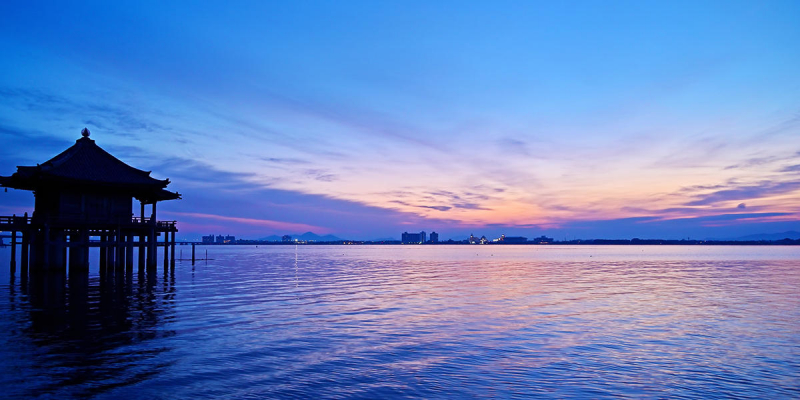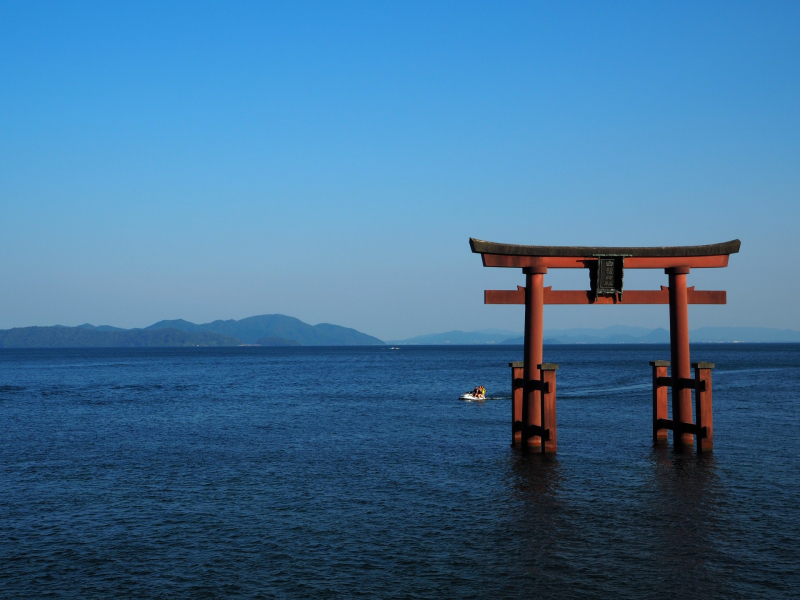Lake Biwa

Northeast of Kyoto, the former capital city of Japan, in Shiga Prefecture (west-central Honshu), is Lake Biwa, the largest freshwater lake in the country. More than 4 million years old, Lake Biwa is a very old lake. It is thought to be the thirteenth-oldest lake on the entire globe. As a result of its proximity to the old city, Lake Biwa is frequently mentioned in Japanese literature, especially in poetry and in chronicles of historical wars.
The lake was created more than four million years ago, and the medieval cities that surround it allow visitors to tour antique shrines, temples, and castles. The name "Lake Biwa" comes from the fact that it naturally resembles a "biwa," a traditional Japanese lute. Around the lake, there are numerous activities available, such as swimming, hiking, and biking.
It is a crucial resource for the nearby textile industries as well as a reservoir for the towns of Kyoto and Tsu. In the Kansai region, it supplies drinking water to around 15 million people. Trout and other freshwater species breed at Lake Biwa, which also serves as a breeding site for the pearl business.
The Lake Biwa Canal, which was initially constructed in the late 1890s and then further developed during the Taish era, was crucial in reviving Kyoto's industrial life after a sharp fall following the transfer of the capital to Tokyo.
Location: Shiga, Japan












